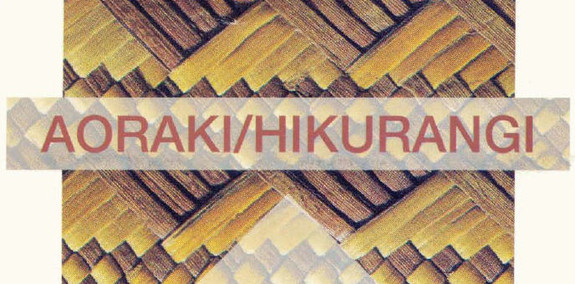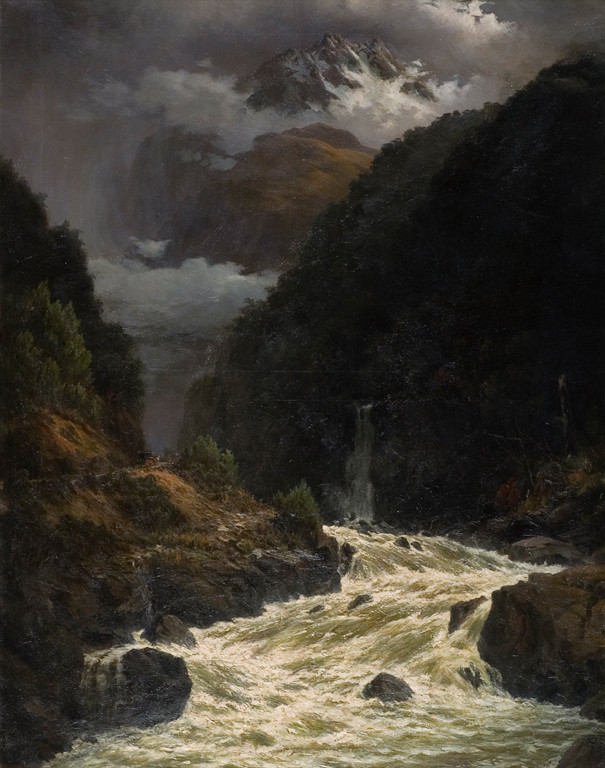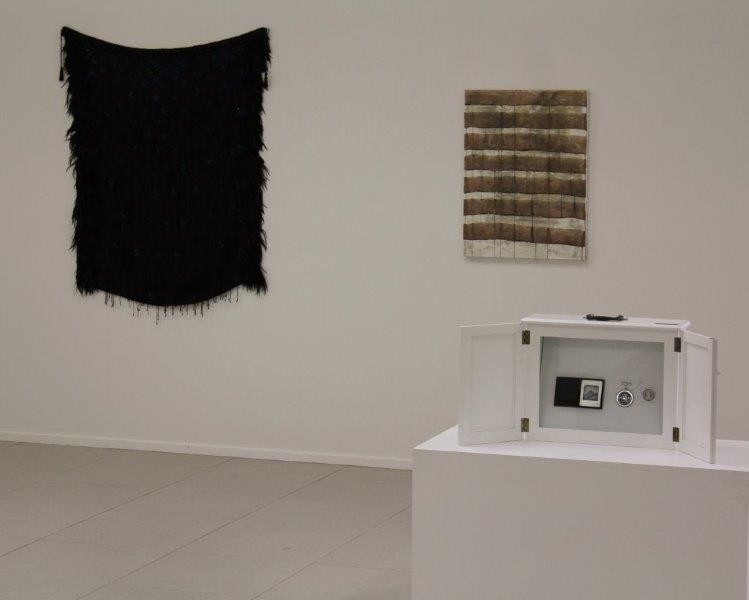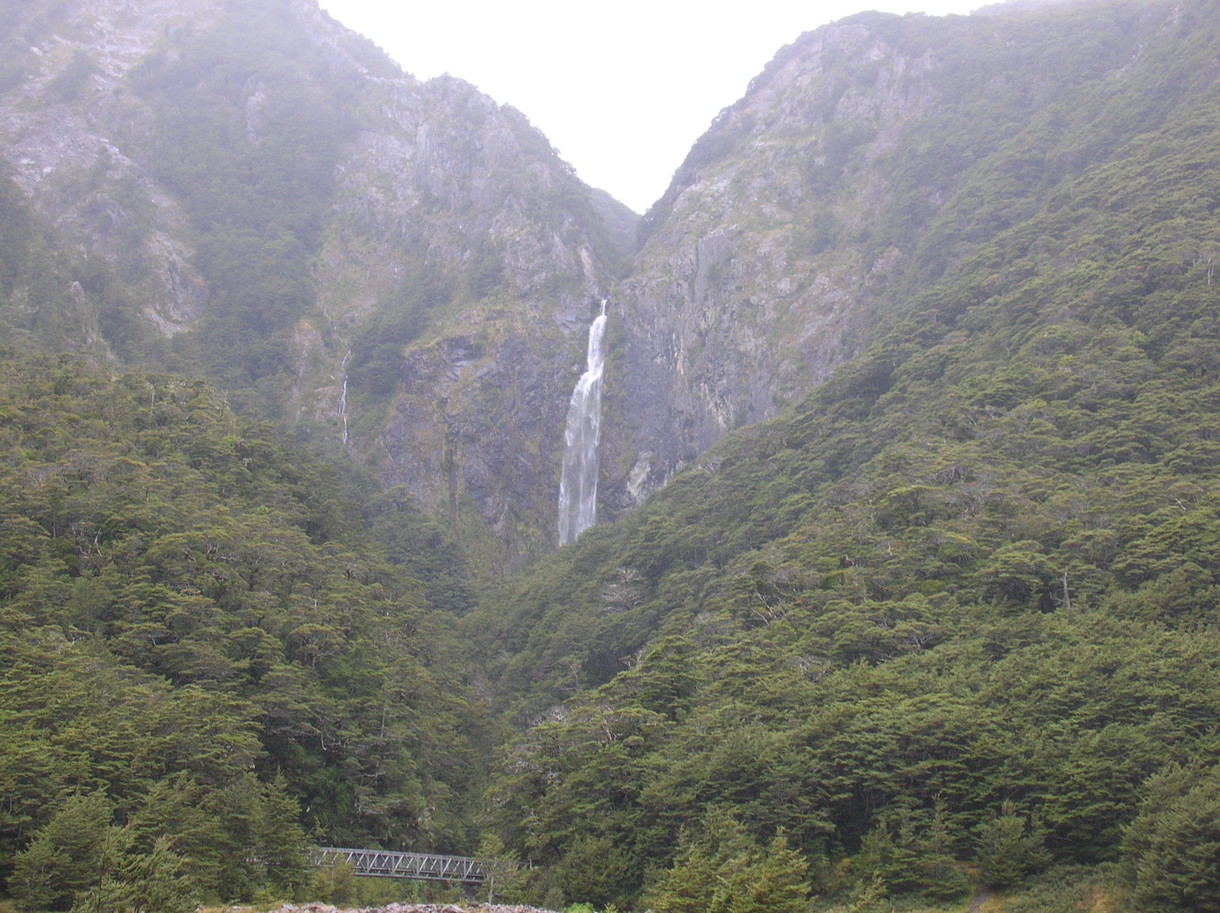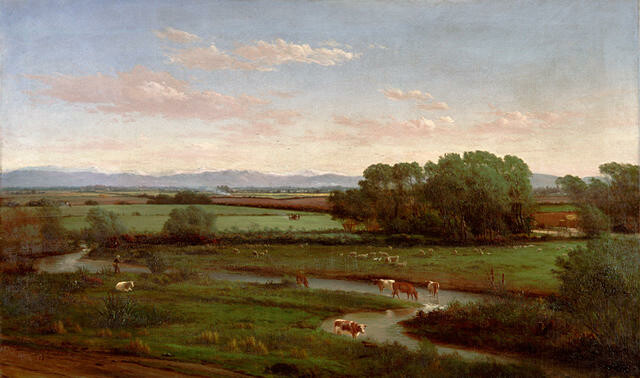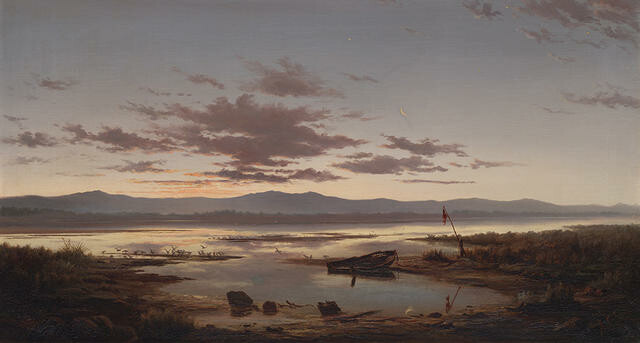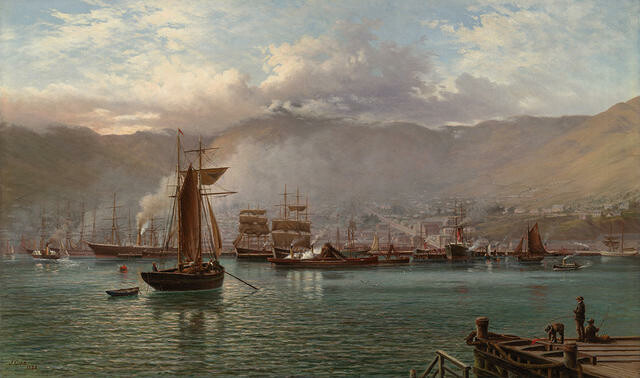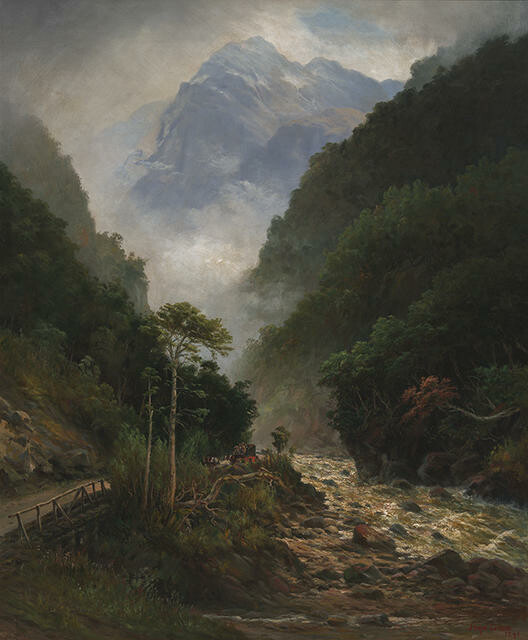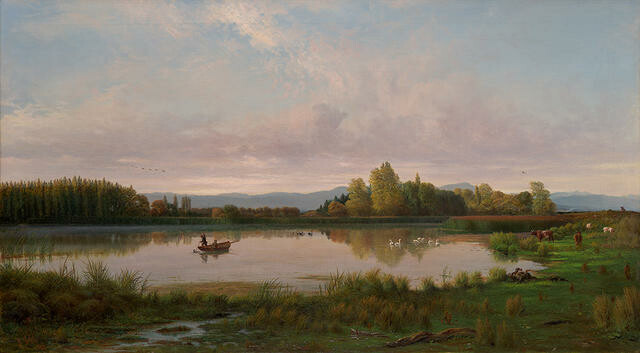Library and Archives
Digitised publications
Aoraki/Hikurangi
Download PDFCatalogue for the exhibition Aoraki/Hikurangi, held 21 June - 7 August 1994.
The twelve contemporary Māori artists featured were:
Cath Brown
Jacqueline Fraser
Ross Hemera
Peter Robinson
John Scott
Areta Wilkinson
Stephen Gibbs
Robert Jahnke
Robyn Kahukiwa
Baye Riddell
Ngapine Tamihana Te Ao
John Walsh
Digitised publications
Frances Hodgkins room card
Digitised publications
Phil Price - Jube Space
Digitised publications
